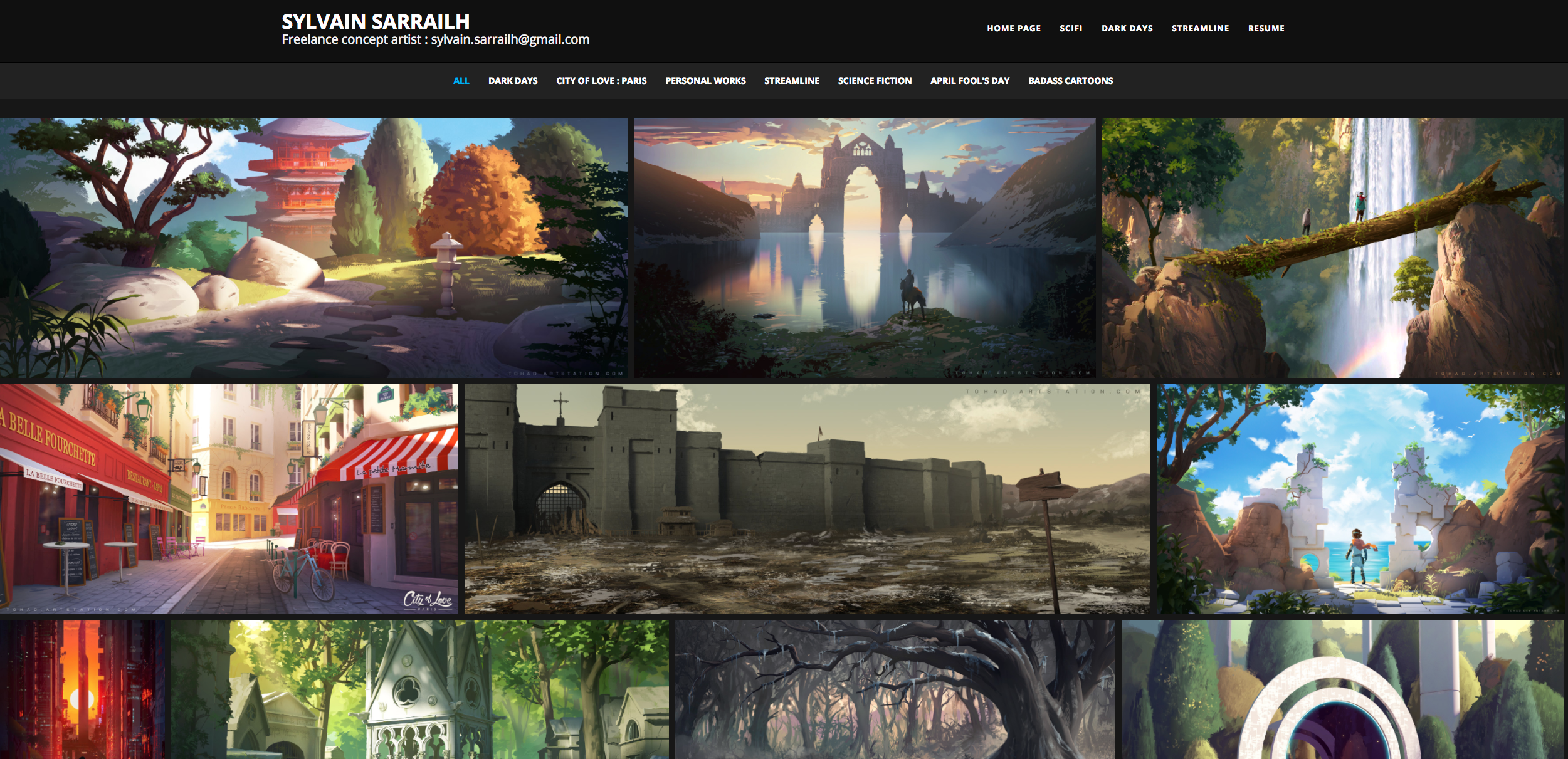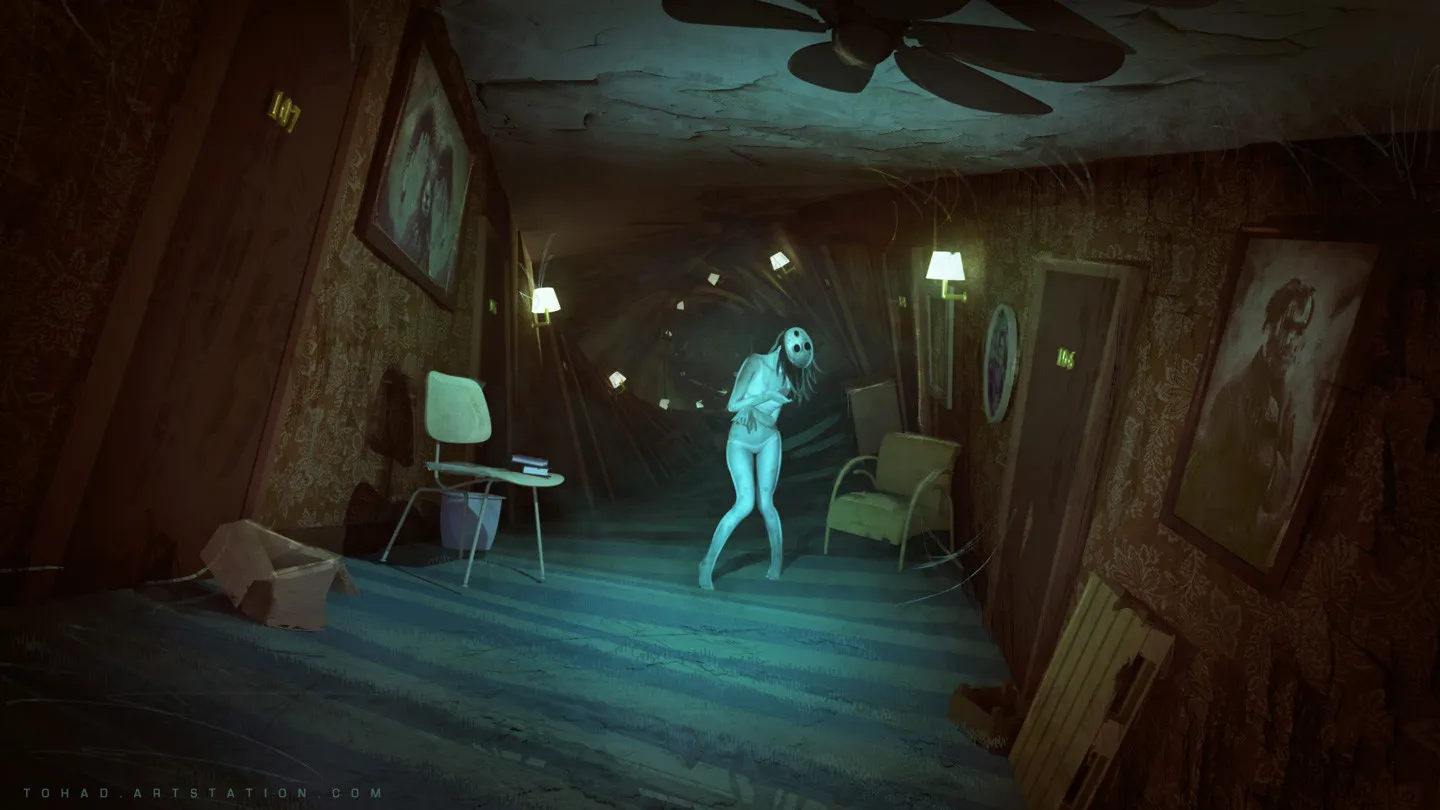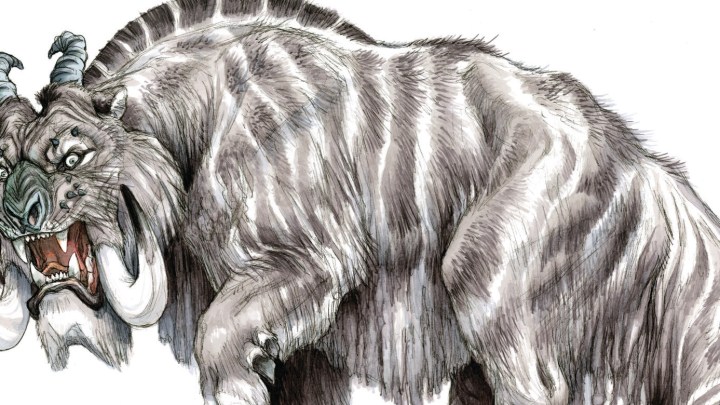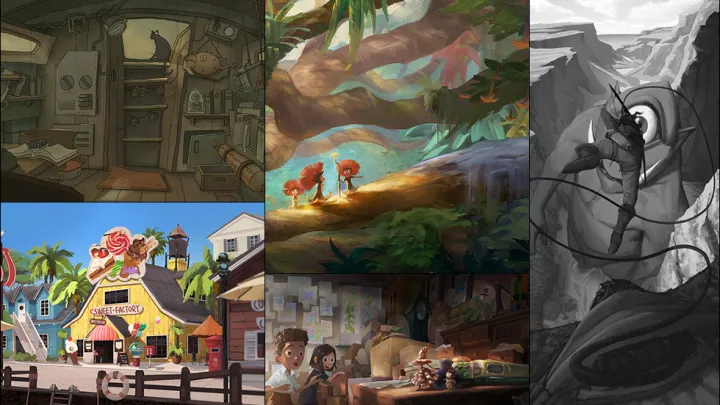This week we’re featuring the vibrant and enchanting ArtStation Pro portfolio of concept artist, Sylvain Sarrailh, based in the warm light of the South of France. After working in architecture and comics, he turned to creating concept art for the video game and cinema industry. Most recently, he worked on several projects with Rocksteady, Ubisoft and Amplitudes Studio.
Check out Sylvain’s ArtStation-powered website.
In this interview, Sylvain shares about his favorite projects and gives valuable advice on creating beautiful work.
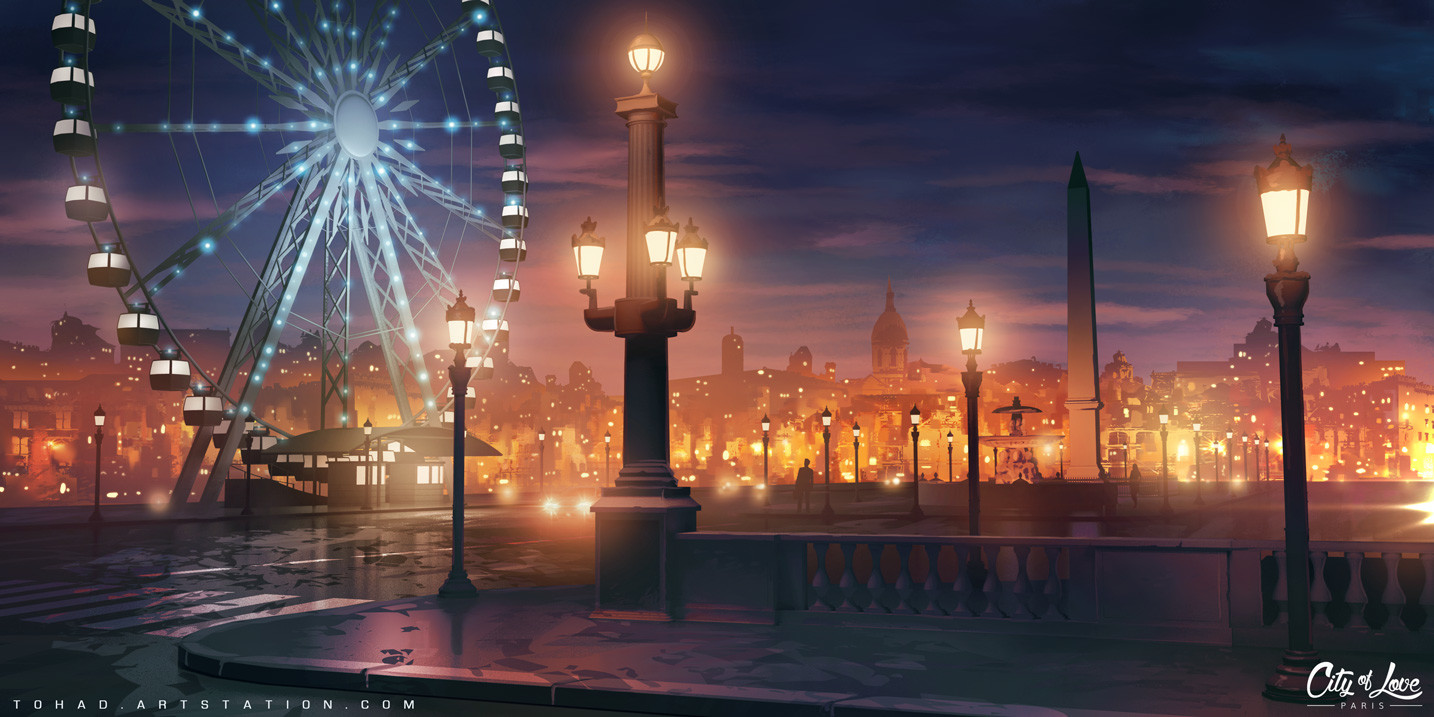
What kind of artwork stands out to you?
Colored, universal and imperfect. I try to transcribe atmospheres experienced by everyone through the staging and contrasts of my illustrations. I live in the South of France where the blue sky is omnipresent and the architecture is very colorful. I think it has greatly influenced my range of color. I endeavour to create living environments and atmospheres that maintain a connection with the real, whatever its context. I love Japanese animation for the way it sublimates daily life, urbanism and nature, just by choices of framing and composition.
Nevertheless, I have an impatient character, so it’s difficult for me to spend time on the details. I prefer to have fun with creating the atmosphere. I try to transform my gaps into qualities when I work on an illustration and I don’t hesitate to leave some sketched parts to help the dynamism of a composition. In general, I am much more attracted by works focusing on the atmosphere rather than the technical quality.
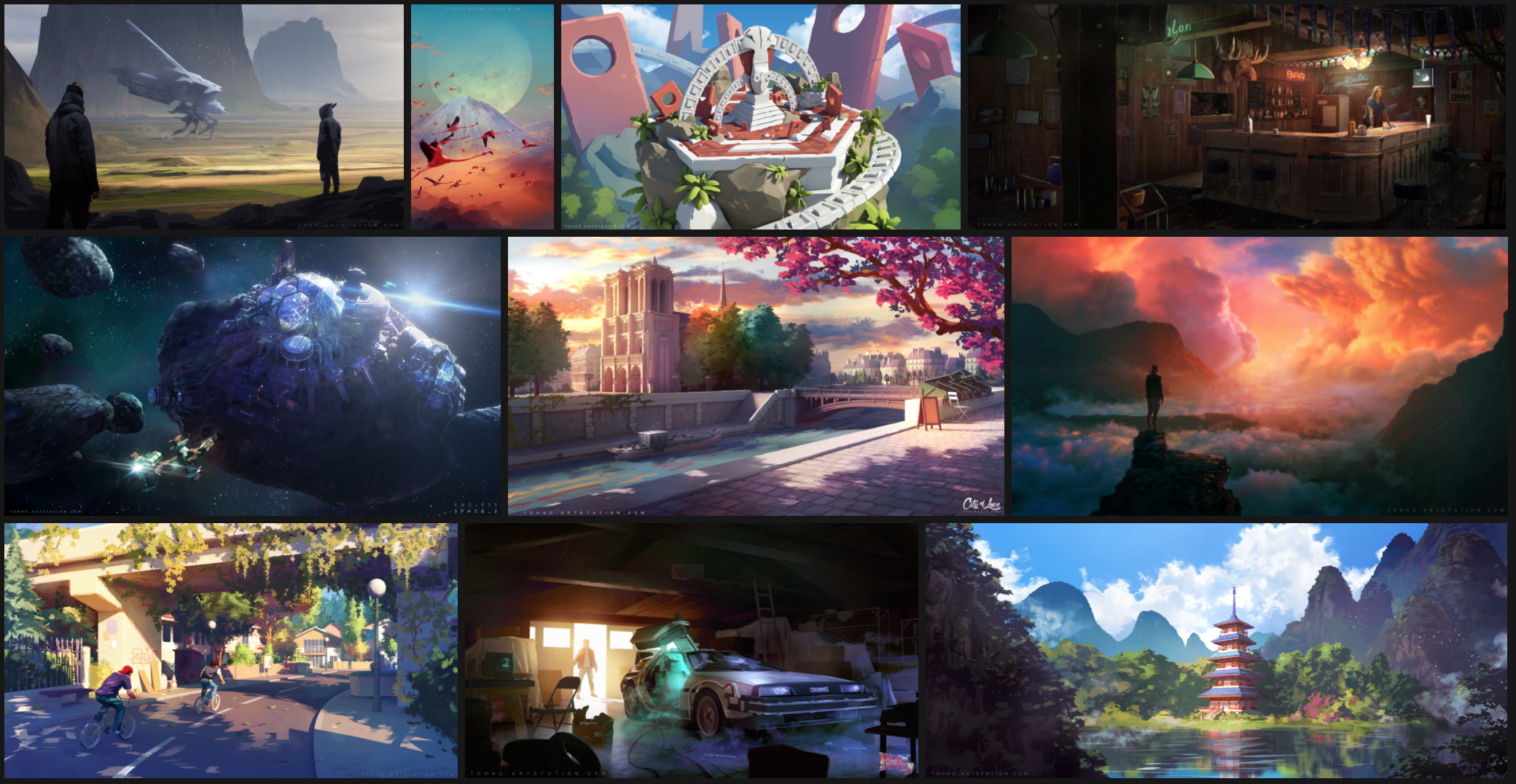
Tell us about one of your favorite projects.
It’s hard to say because in recent years, I’ve been working on some very exciting projects but I’m often under a non-disclosure clause. I enjoyed working on the Dark Days video game produced by Parallel Studio for Oculus Rift. It is an exploration/horror game that takes place in an abandoned motel and it was an opportunity to get out of my comfort zone and work on a universe much darker and more shady than usual. Dark Days contains many references to fantastic films and I had to suggest the mystery in each of my images. The director of the studio, Ronan Coiffec, gave me a lot of artistic freedom and we were on the same wavelength. This is the advantage of working with small independent studios: there are no intermediaries, the exchanges are more concise and the artistic direction is stronger.
What’s the best art advice you’ve ever received?
“The best way to make beautiful pictures is to think first of its readability.”
I would like to find a concise and strong sentence that can help young artists but I think the best way to evolve in our artistic professions is to develop a personal philosophy in accordance with what flourishes us. Nevertheless, the last best thing I remember was the Robh Ruppel’s conference called “Painting with Colored Squares” at THU 2016. This conference allowed me to understand the importance of the spirit of synthesis. The best way to make beautiful pictures is to think first of its readability. By decomposing the depth and the elements in the simplest way possible, it offers everything the spectator needs to dive into an image. The first 10 minutes of work on an illustration will be decisive for afterwards. It is for this reason that one must not hesitate to break down their scene into simple forms. Since I have adopted this concept, my work is much less stressful because I am no longer afraid to make a mistake. A simple and readable base allows to correct everything very quickly.
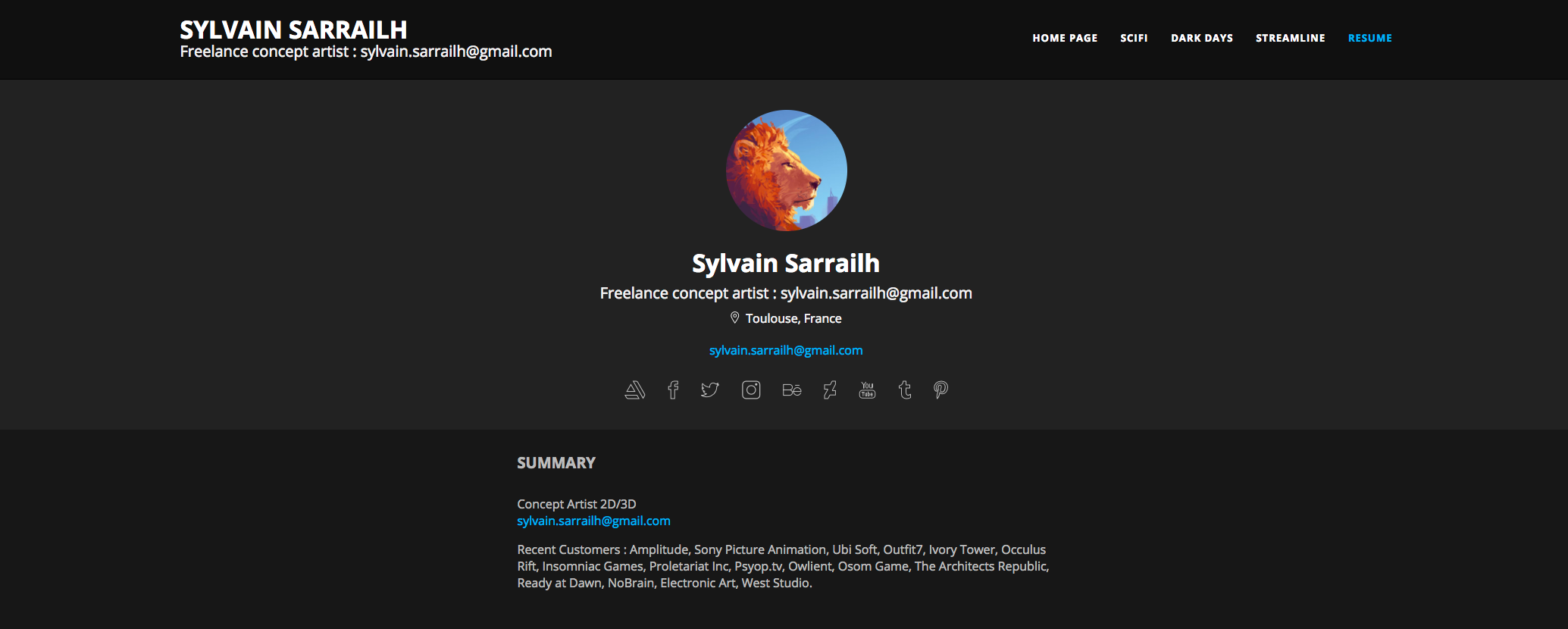 What kind of training or experience got you to where you are now?
What kind of training or experience got you to where you are now?
When I finished my studies in 3D animation, I worked for two years in an architecture company to make movies and 3D images of different real architecture projects. Then I went to freelance to work on my cartoon projects. Undoubtedly sensitized during my passage in the architecture, I discovered a particular interest for light, staging and atmospheres, which are probably visible in my portfolio and which have allowed me to receive more proposals related to the artistic research of environments.
I continue to try a lot of different tools and techniques. I am more diversified than specialized. I try to have a minimum of notions about the different techniques offered by 3D, Photoshop and digital tools. Even if you have a busy schedule, I think it is always useful to take a moment to experiment with new things and not lock yourself in a style.
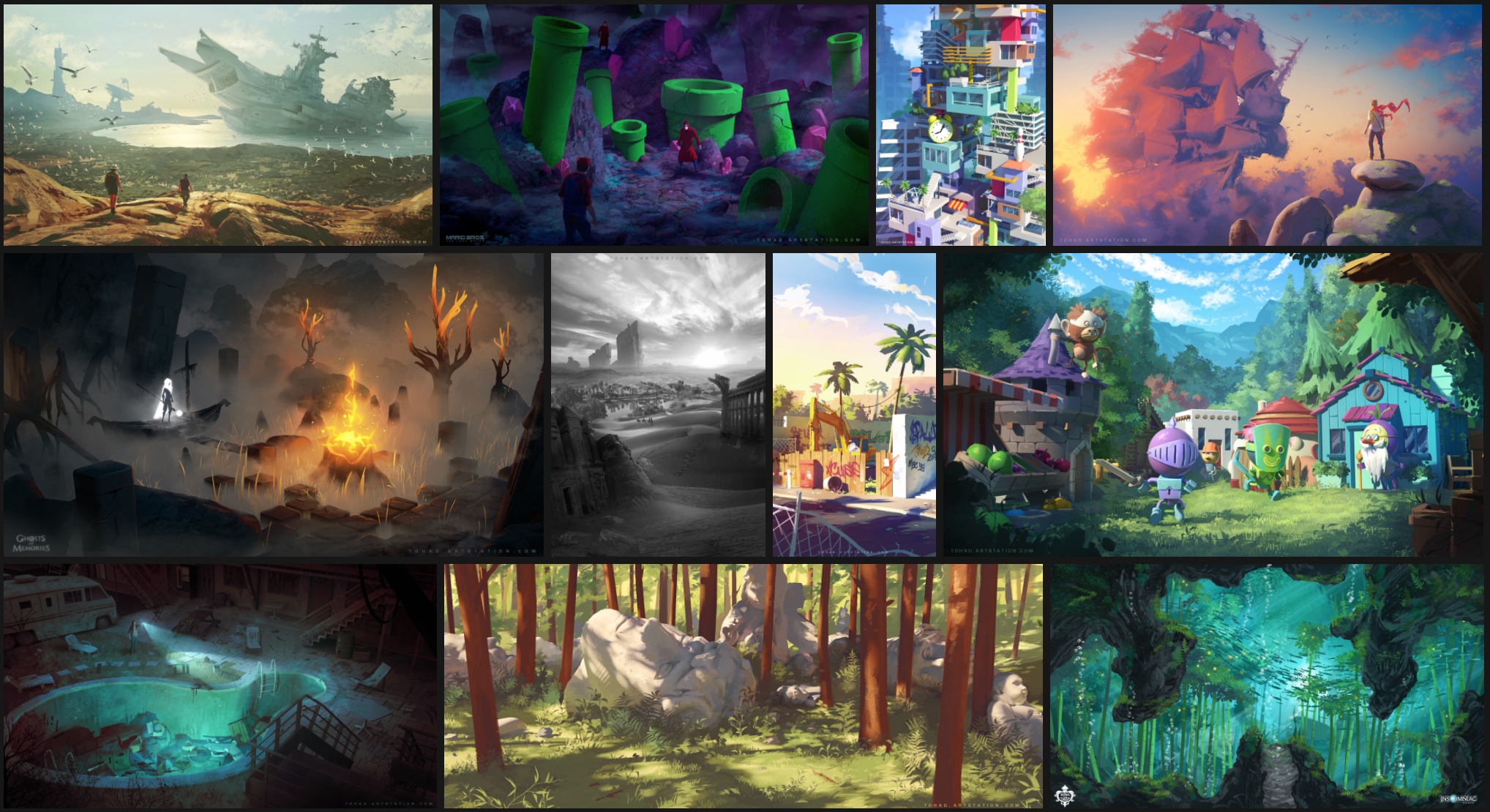

 What kind of training or experience got you to where you are now?
What kind of training or experience got you to where you are now?
